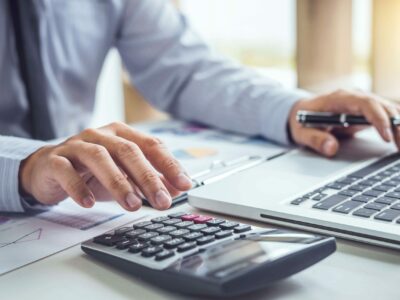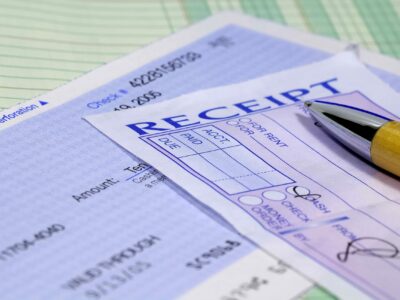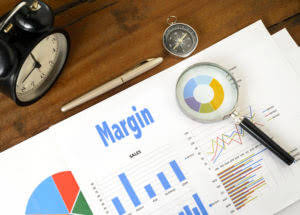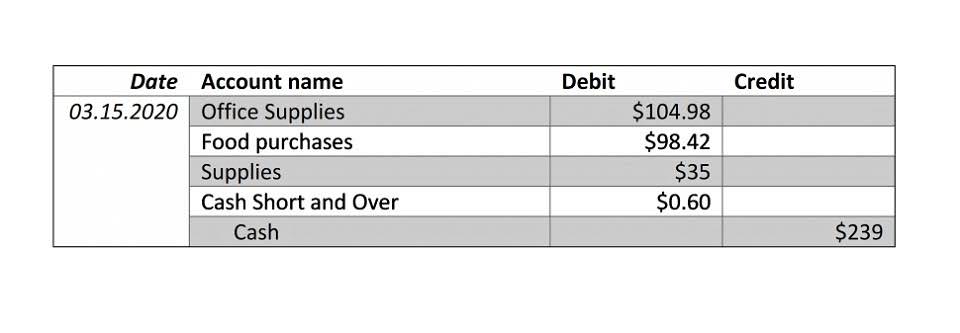
Now let’s explore how mobile inventory tracking can further enhance your efficiency without any additional steps. Lastly, automated purchase order functionality can save you time and effort by automatically generating purchase orders when your stock levels fall below a certain threshold. The volatility of Fresh commodities can have a negative impact on the accuracy of forecasts, so they need grocery store accounting more serious management techniques. In short, the more profit the product brings, the more facings it should have on a shelf. Supply chains conscious of their ecological and social footprints point to a business ethic which many customers have come to expect these days. Production and logistics optimization can help you adopt sustainable practices that are kinder to the environment.
Top-rated alternatives for grocery store inventory management software
You can then record variances automatically into the inventory system and supplier records for recoup if needed while confirming billing accuracy. Then, use this data to compare weights shipment-over-shipment to identify potential supplier issues. You can also leverage scanning to confirm order accuracy on delivery and connect discrepancies directly to supplier records, helping you improve your vendor management efforts.
Retail Grocery Store; Inventory Optimization
Many exceptions require immediate attention and quick adjustments to avoid or minimize any negative impact on S&OE. The operative buying team must be responsible for efficiently exploiting rebates to improve gross margins. Although it seems simple, pooling orders for multiple products to fill load carriers or meet supplier order limits can test your planning system’s flexibility. A planning system that supports time-dependent master data is a crucial enabler of proactive planning. Below are a few examples of how time-dependent master data enables you to register valuable information immediately when it becomes available. This, in turn, allows your replenishment planners to rely on the planning system to automatically trigger the necessary actions at the right time with very little manual work.
Inventory Management for Grocery Stores: Tips, Tools, and Tactics
- Nevertheless, their benefits come at the cost of more detailed inventory management.
- Analyzing day-level data is important in managing inventories of perishables.
- These days customers expect businesses to engage with them in a highly personalized and efficient manner.
- Accurately forecasting demand is crucial for grocery stores to optimize inventory levels and avoid stockouts or overstocking.
- Grocers also set reorder levels for certain items while relying on vendors to replenish shelves of other goods (typically soda, bottled water, and snacks).
To reap the full benefits of this transparency, all planning data must be made available to the planning system as soon as a decision has been made about, for example, a promotion plan, assortment change, or price change. For ultra-fresh products, 100% on-shelf availability means there will always be waste or markdowns unless the forecast is consistently flawless on the day, store, and product level. This means that very granular control is needed to find the optimal balance between the risk of stock-outs and the risk of waste. Optimizing inventory is crucial for grocery stores to achieve financial stability, enhance profitability, and ensure long-term sustainability.
This has enabled and encouraged a lower degree of automation in operative buying compared to store replenishment. Of course, having the right functionality in your planning system is a key enabler, but the real challenge is getting the whole organization to work more proactively. The best practice is to base distribution center forecasting on the stores’ projected orders, which reflect both pull-based demand and planned, push-based stock movements. Supplying warehouses need to be able to estimate demand for different pack sizes to attain a maximum efficiency gain.
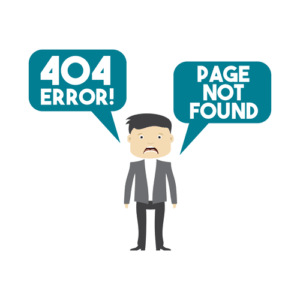
In one view, demand planning is a forecast of what should or may occur with orders, while inventory management is related to having the stock on hand to produce the orders placed by customers. Gauge product perishability and shelf life when making purchasing decisions. Buy daily consumable commodities like produce more frequently and in smaller quantities https://www.bookstime.com/ to ensure customers have access to fresh products. Staples with long shelf lives, on the other hand, may warrant more safety stock, as they’re less likely to spoil on the shelf even if they aren’t purchased for several days. When replenishing stores from their own distribution centers, retailers can optimize order fulfillment as they find best.
How to Manage Stockouts with SKU Optimization Regardless of the Cause
- Retailers should use their software’s scenario planning capability to identify the strategy that best meets their goals and come to an agreement with their suppliers on it.
- Instead of implementing SKU rationalization decisions across the entire store network all at once, you can opt for a more cautious approach.
- Using proprietary algorithms, this SaaS solution handles various product categories, including perishable and ultra-fresh products, while considering the intricacies of multi-echelon replenishment and optimization.
- The most crucial piece of your inventory management puzzle is the right technology.
- Systems can utilize accurate simulated spoilage figures in replenishment calculations to keep availability optimal even for low-volume products.
Using AI to optimize main replenishment days enables more efficient goods handling and store operations in retail distribution. If you’re looking to optimize your inventory, start by identifying your main challenges. Are you plagued with overstock, or are you struggling to keep high-demand items on shelves? Does your team have the technology they need to make optimal inventory decisions?

Smoother processes, happier customers.
Calculate category-level profitability to identify your sales mix’s impact on your bottom line. Shift promotional focus towards high contribution categories like produce and prepared foods to lift overall profits. When you identify dissatisfied customers through your surveys, follow up with an email or phone call. In the modern age, you will also want to set up mechanisms to address online customer complaints and monitor social media readily. Resolving customer issues promptly limits damaging word of mouth and helps even customers who had a poor experience gain a positive impression of your store. Conduct cycle counts regularly and compare those manual counts to your system levels.

